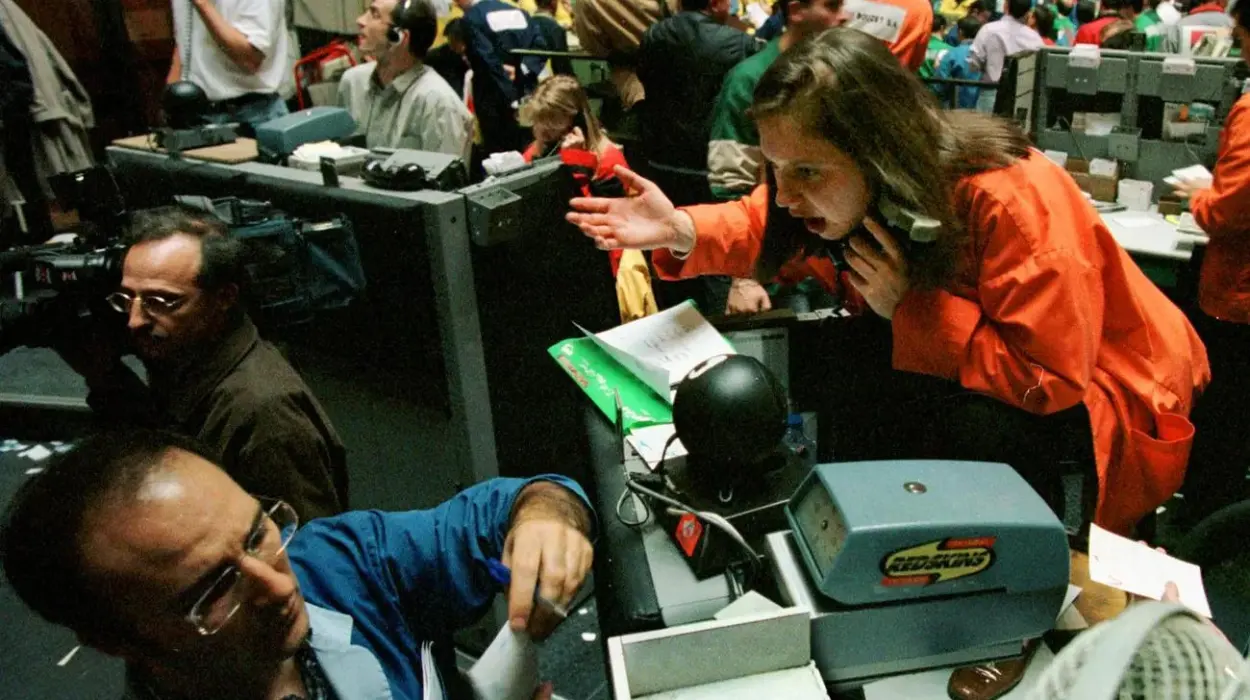USA (Transatlantic Today) – The latest job reports show fewer jobs added than expected and a rise in unemployment, prompting concerns about a potential recession. Historically, such trends have indicated economic downturns, particularly according to the Sahm rule, a predictive measure of recessions.
The Sahm rule is named for noted economist Claudia Sahm, who has accurately forecast every U.S. recession since the 1970s. The rule says that if the jobless rate, based on a three-month average, is a half percentage point above its lowest point over the previous 12 months, the economy has tipped into a recession.
Current Economic Context
Despite meeting the Sahm rule’s criteria, many economists believe it may not apply this time. Layoffs have increased, but remain low by historical standards. Post-pandemic labor shortages have led employers to retain staff. The unemployment rate, while rising, is still historically low. Federal Reserve Chair Jerome Powell emphasized the importance of monitoring the labor market for normalization rather than assuming an inevitable recession.
According to USAtoday, Claudia Sahm herself has indicated that a recession is not imminent despite the rule’s criteria being close to triggering. She attributes this to shifts from pandemic-induced labor shortages to increased immigration, which affects the unemployment rate.
Factors Behind Rising Unemployment
A larger number of people—including those who left during the pandemic and recent immigrants—are returning to the workforce, which contributes to the increase in unemployment. More job searchers have also been attracted by compensation increases. Recent immigrants occupied around a third of the new jobs created last year; these individuals frequently experience early difficulties in the job market, which raises unemployment rates.
While the Sahm rule suggests the U.S. could be entering a recession, various factors and expert opinions indicate that the situation may not be as clear-cut. The labor market’s response to post-pandemic conditions and immigration trends are key elements influencing current economic indicators.


























